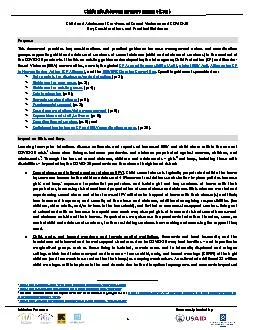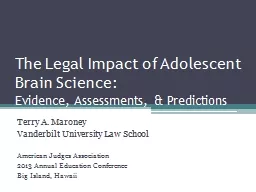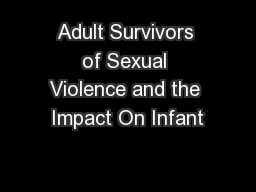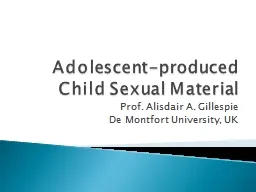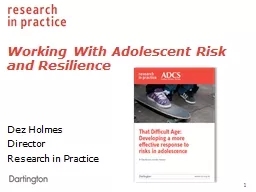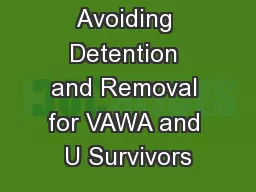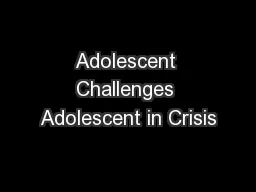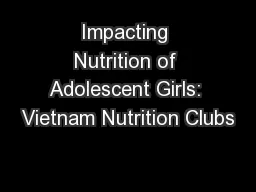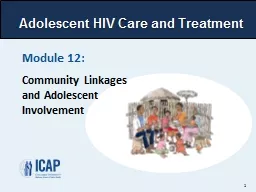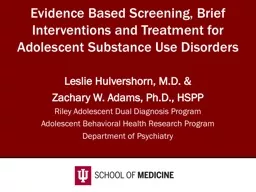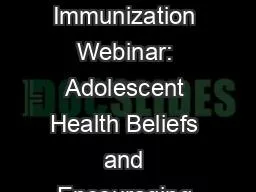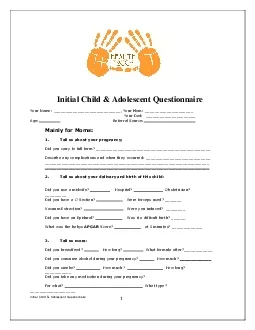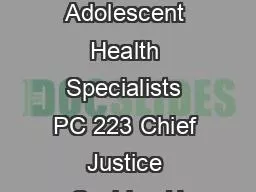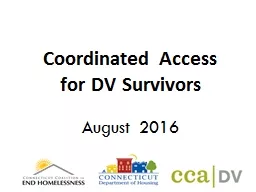PDF-Child and Adolescent Survivors Initiative
Author : evelyn | Published Date : 2021-07-01
CASI Initiative Partners Generously funded by 1 Child and Adolescent Survivors of Sexual Violence and COVID 19 Key Considerations and Practical Guidance Purpose This
Presentation Embed Code
Download Presentation
Download Presentation The PPT/PDF document "Child and Adolescent Survivors Initiativ..." is the property of its rightful owner. Permission is granted to download and print the materials on this website for personal, non-commercial use only, and to display it on your personal computer provided you do not modify the materials and that you retain all copyright notices contained in the materials. By downloading content from our website, you accept the terms of this agreement.
Child and Adolescent Survivors Initiative: Transcript
Download Rules Of Document
"Child and Adolescent Survivors Initiative"The content belongs to its owner. You may download and print it for personal use, without modification, and keep all copyright notices. By downloading, you agree to these terms.
Related Documents

